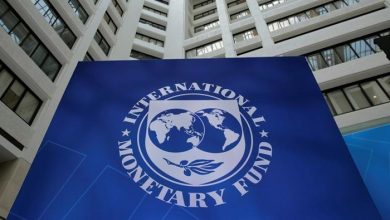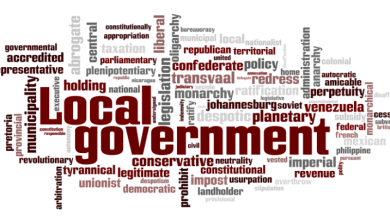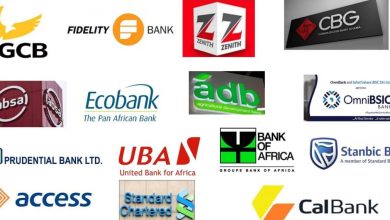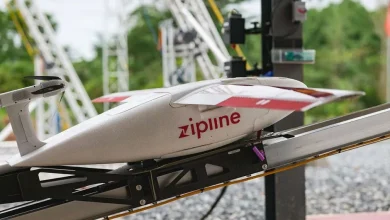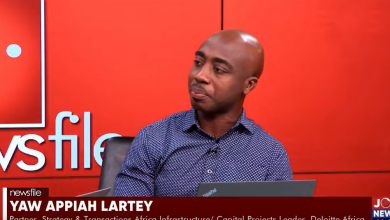Ghana’s path to low inflation can be long, painful – IMF
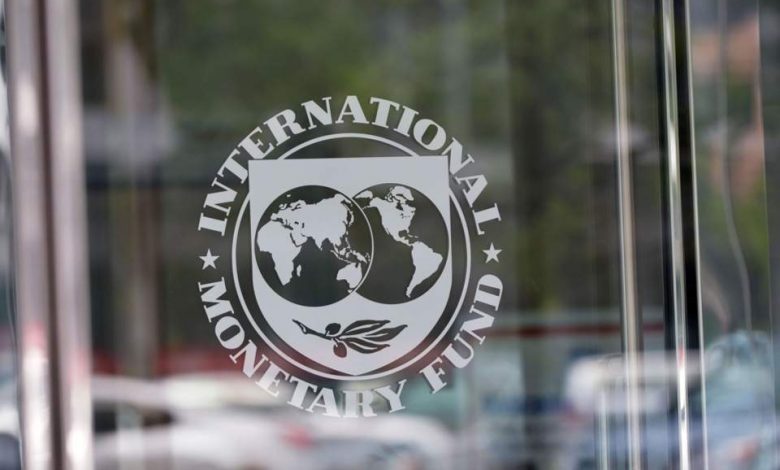
The International Monetary Fund (IMF) has warned that Ghana will need austerity measures in the coming months to bring inflation back to the single digit territory.
The fund said the process could be long and painful, as sustained fiscal imbalances over the years had pushed inflation to higher levels.
Ghana’s inflation peaked at 54.1 per cent in December last year before easing to 45 per cent in March this year – the third consecutive fall.
The surging inflation, which started in 2019, has already led to a cumulative 1,600 basis points increase in the Bank of Ghana’s (BoG) policy rate, spending cuts and more taxes.
To further bring it down to the central bank’s target band of between six per cent and 10 per cent, the Division Chief in the Fiscal Affairs Department of the IMF, Paulo Medas, said a combination of tight monetary and fiscal policies were required.
Mr Medas told the media in Washington D.C., in the United States of America (USA) Wednesday that efforts to tackle the current inflationary pressures must also aim to re-anchor expectations, given that they had drifted outside the disinflationary path.
Fiscal Monitor
Mr Medas was responding to a question on how Ghana and Nigeria can help tame their inflationary pressures at a time when monetary policy had proven inadequate in addressing the problem.
He was addressing the media during the launch of the IMF’s Fiscal Monitor, a biannual report that provides an overview of latest public finance developments, updates the medium-term fiscal outlook, and assesses fiscal implications of policies relevant to the global economy.
The April 2023 edition was launched at the ongoing IMF/World Bank Group Spring Meetings in Washington D.C., where finance ministers, central bank governors and other key managers of economies across the globe have converged to find solutions to the teething economics challenges.
The report indicated that soaring prices and debt levels were complicating challenges for economies in sub-Saharan Africa (SSA).
Buffers
In the case of Ghana, the IMF said inflation would end the year at 45.5 per cent before easing to 22.2 per cent in 2024.
Ghana’s inflation had been on a single digit for about two years before taking an upward trajectory in January 2019.
The fall in the rate to 45 per cent in March this year bucks a deceleration trend that opened 2023.
The high price pressures were largely the result of fiscal imbalances, comprising strong debt build-ups, large deficits and a weak currency.
The IMF’s Division Chief said food shocks and the lack of a credible policy framework to anchor inflation could also contribute significant to inflation.
Mr Medas said as major exporters of commodities, Ghana and Nigeria also needed to build buffers in good periods in preparedness for rainy days.
“So, if you have large windfalls as we have seen in the last years, these can lead to inflationary pressures in these countries.
“Fiscal policy can play a major role here. If the government saved part of these windfalls, that is going to reduce the inflation pressures and build buffers when the oil prices fall and so you make the economy more stable.”
“But if fiscal policy is such that it spends as the prices increase, then it is going to be in more problem with inflation,” he said.
Solution
The IMF Division Chief said just like Nigeria, Ghana would need a good macro policy framework of fiscal and monetary policies to ensure price stability and lower inflations
“The problem is once you lose inflation expectation, then it has to be much more difficult because you are going to have to be both tight on fiscal and monetary for long.
“So, the cost is larger to bring inflation and stability back,” he said.
In March when BoG raised its policy rate to 29.5 per cent from 28 per cent, the business groups protested, citing the implications on cost of credit and the fragile recovery.
The central bank has maintained that the current inflationary regime required a stern posture to contain to growth to return.
Source: graphic online

